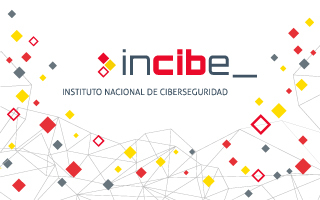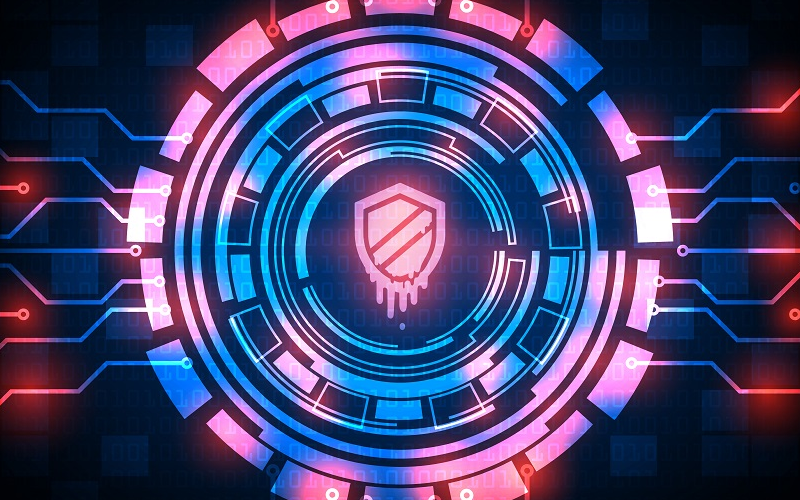
The security gaps and issues that exist within industrial environments are sometimes unknown to many information consumers. This article aims to bring first hand some of the most interesting issues and attack trends in 2023 in the industrial sector. Different industrial cybersecurity incidents so far this year will be described at a high level and a comparison will be made with the trend presented at the beginning of the year.

OSINT (Open-Source Intelligence) is a technique that focuses on the collection, evaluation and analysis of public information through different methods and techniques, with the objective of discovering vulnerabilities or collecting sensitive information that could become threats.
It should be emphasized that the data collection is not called OSINT, it would be raw information. Once this information is evaluated and treated, it could be said that we are really talking about open-source intelligence (OSINT).
Initially it has been used in the military and government sector. Its use in OT, with disciplines such as SIGINT (Signals Intelligence), IMINT (Imagery Intelligence) or even 'Sock Puppets' (fake profiles or intruders in technical forums) is making havoc due to the criticality of this equipment. Disinformation or the compilation of sensitive industrial technical information are some of the serious consequences that this sector is exposed to.

The automotive sector is currently moving towards electric consumption, as society is becoming more and more aware of the problems that environmental pollution can cause.
One of the big challenges of this trend is how to charge electric vehicles, for which charging points are currently used.
But like most of today's technological devices, they will also need to have access to an Internet connection in order to be able to monitor in real time the use of the station, the customer's banking information, etc.
For this reason, in this article we want to talk about the different risks or cyber-attacks that these charging points may suffer and the problems they may cause, as this is a very important sector for society and one that is capable of managing very sensitive information

The arrival of the new version of CVSS (Common Vulnerability Scoring System) covers some deficiencies related to the assessment of vulnerabilities in the industrial world. The introduction of changes in the way of scoring different vulnerabilities, the incorporation of new metrics for elements of the industrial world such as "Safety" or the service recovery of a device, are some of the new features introduced in version 4 of the CVSS.
This article will analyze the new features brought by version 4.0 and its increased accuracy when assessing vulnerabilities in industrial environments for a better adequacy of the scores given.


Firmware analysis can help to uncover potential vulnerabilities that would otherwise never have been discovered.
Although there are multiple types of attacks on IoT and IIoT devices, this guide focuses on the firmware of these devices to check for potential vulnerabilities, using security testing and reverse engineering to allow for an in-depth analysis of the firmware.

Information security standards have become increasingly important in recent years, as more and more legal requirements oblige companies to demonstrate a certain degree of cybersecurity compliance. The IEC 62443 family of standards describes in its various sections the requirements for the secure implementation of an ICS (Industrial Control System) and represents a guarantee of cybersecurity in industrial environments. This article deals with IEC62443-3-3 covering cybersecurity of industrial systems.

The increase of malware specifically designed to run on systems that support industrial processes creates a need in the industry that can be partly covered by different technological solutions. This article will focus on the different options available on the market to detect malicious files that aim to modify the operation of industrial environments or simply cause denials of service.
Both portable and agent-deployed solutions can be an option, and this article will reflect on these and other options as well as provide guidelines on when it is best to use one solution or the other.

Within the industrial world, systems can be detected that do not have all their cybersecurity capabilities activated. This can occur for a variety of reasons, but if detected, each case must be analyzed to get the most out of each device.
The ability to robustly configure programs, services or other nuances within industrial systems is called bastioning and allows, among other things, to prevent assets from having a large exposure to the network or the solutions deployed in the system from having vulnerabilities resulting from misconfiguration.
In this article, we will begin by explaining what hardening is and how to apply it to our industrial network, along with some good practices to follow.

The Purple Teams are exercises in which three very well differentiated teams participate: a Red Team, a Blue Team and a Purple Team. The Red Team will be in charge of carrying out attacks on the defined structure, the Blue Team will be the team in charge of defending that structure and the inclusion of the Purple Team allows the two previous teams to communicate with each other and be organized correctly thanks to the work of the purple team. This is why the Purple Teams allow a great number of advantages to be obtained with respect to carrying out the exercises separately and without coordination between them.
This article presents all these advantages and much more about Purple Teams.



